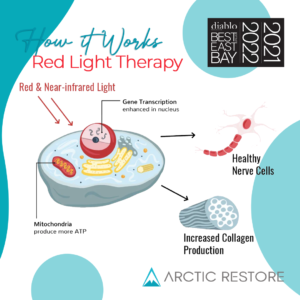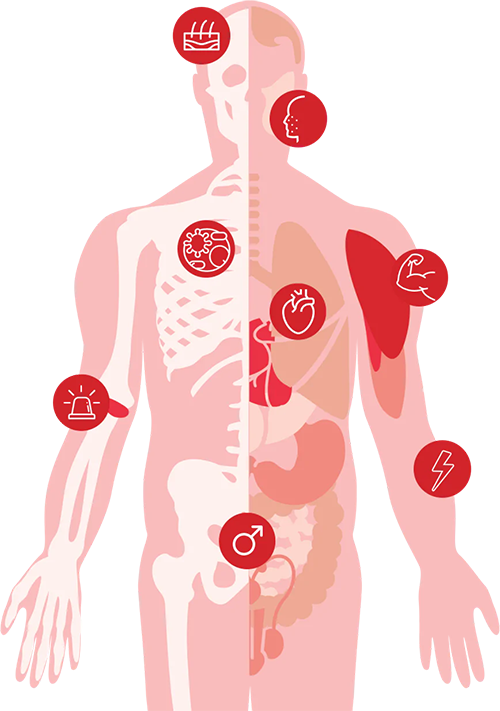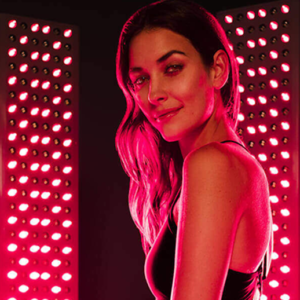C O N T R A I N D I C A T I O N S
If you are under the care of physician or taking medication, please consult with your medical provider before using the red light or any services in the spa.
Pregnancy – While research shows that it is very unlikely that red light therapy negatively affects pregnancy, many sources consider it to be a contraindication to red light therapy. Red light therapy artificially alters the function of mitochondria in a way that is intended to improve their function. While this could be beneficial to a developing child, the effects are not fully understood.
Burns – Red light therapy should not be used on burns that occurred within the last 24-48 hours unless it has been cleared by the doctor providing treatment for the burn.
Carcinomas – Cancers that are actively growing, especially carcinomas, should not be exposed to red light therapy. Carcinomas are cancers that begin in epithelial tissues, commonly the skin, making them maximally exposed to the impact of red light therapy.
Hyperthyroidism – When red light therapy is used over the neck and upper chest, it is likely that light will reach the thyroid. Increased stimulation of the thyroid may cause a worsening of symptoms caused by an already overactive thyroid. Those with hyperthyroidism should not use red light that may reach the thyroid without the permission of their endocrinologist.
Fever and Infection – During fever and infection the body temperature is elevated. There is a risk that the increased heat created by red light therapy may contribute to temperature elevation throughout the body.
Light Sensitivity – There are very rare conditions in which someone may have a sensitivity to light. Conditions like solar urticaria can cause allergic reactions when the skin is exposed to sunlight or intense light within a particular wavelength, regardless of the source. Those who have previously experienced sensitivity to light or have any kind of reaction when using red light therapy should not use this form of treatment until they have been cleared to do so by their doctor.
Systemic Lupus Erythematosus – (SLE) is an autoimmune condition in which the body’s immune system attacks connective tissue through the body. People with SLE may be more susceptible to damage from light, with a skin rash caused by sunlight being common with this condition.
Epilepsy – People with epilepsy may be at risk for having a seizure when using red light therapy. Inherent to almost any light source is a phenomena called flicker. Flicker can be invisible to the eye, but causes rapid fluctuation in the intensity of light. People with epilepsy may be susceptible to flicker in red light panels and could experience a seizure if the flicker is severe or if they are particularly sensitive.
Melasma / Hyperpigmentation – Studies show improvement from red and NIR light on hyperpigmentation. However, in rare instances users can experience the opposite effect. We suggest starting slowly and using red light only if this is a concern.



